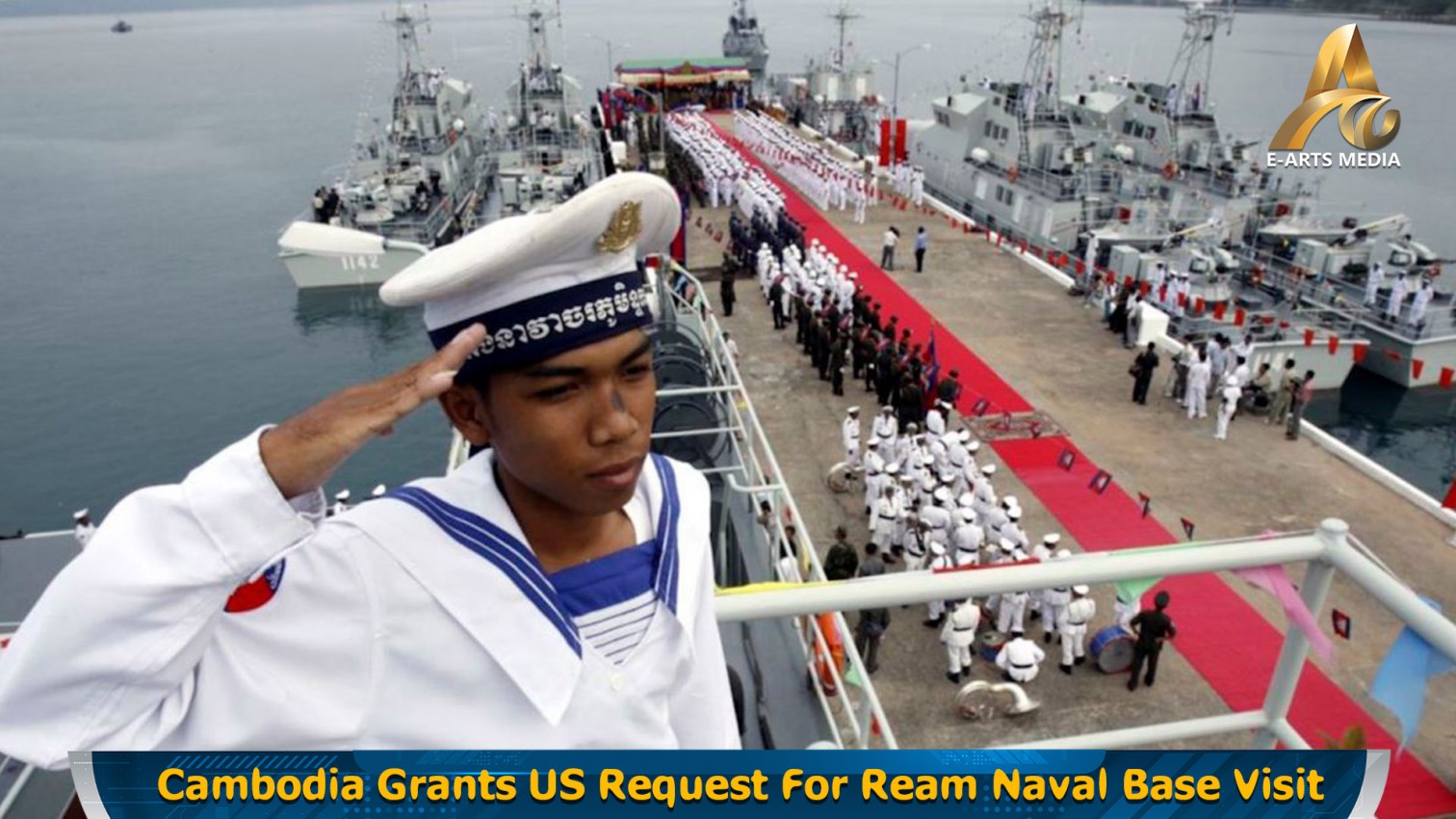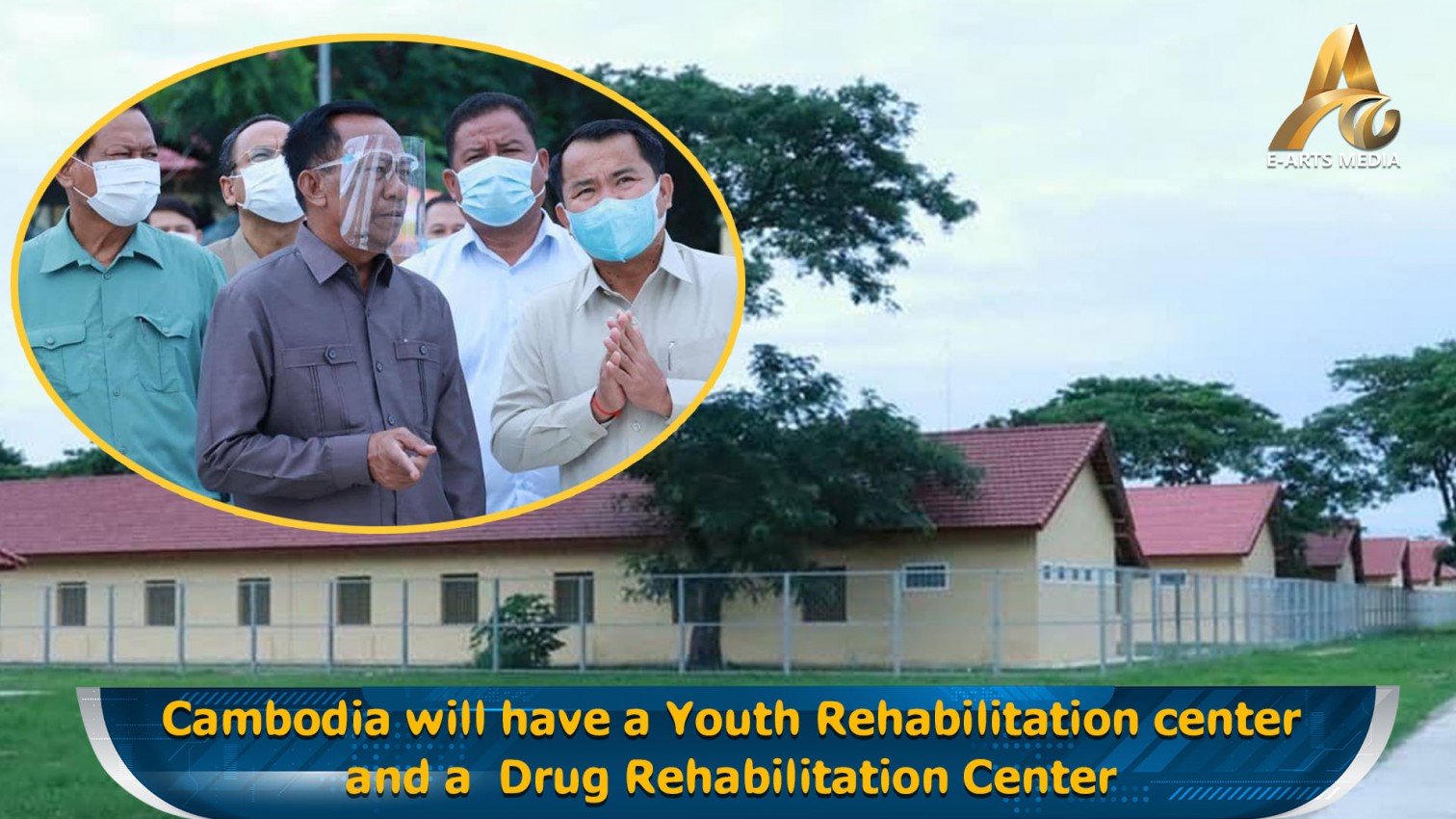Phnom Penh, April 3, 2024 – The Khmer New Year, also known as Chol Chnam Thmey, is the most important and widely celebrated holiday in Cambodia. This three-day festival, from April 13 to 16, marks the end of the harvest season and the beginning of a new year in the traditional Khmer calendar.
The origins of the Khmer New Year can be traced back to ancient Hindu and Buddhist traditions. Originally celebrated in January, the holiday was later moved to mid-April to coincide with the Buddhist New Year. Today, the Khmer New Year is celebrated by both Buddhists and non-Buddhists alike, as it holds deep cultural and spiritual significance for the Cambodian people.

During the Khmer New Year, Cambodians engage in a variety of traditional customs and practices. One of the most important is the pouring of water, which is seen as a symbol of cleansing and purification. Families and communities gather to pour scented water over the hands and feet of elders, monks, and statues of Buddha, seeking blessings and good luck for the coming year.
Another cherished tradition is the building of sand stupas, or "chedi". These small, decorative structures made of sand are believed to bring prosperity and good fortune. Cambodians often build these stupas in front of their homes or at local pagodas, adorning them with flags, flowers, and other offerings.
The Khmer New Year is also a time for feasting and celebration. Families prepare traditional dishes such as amok (a fish curry), kralan (a sticky rice cake), and nom banh chok (a rice noodle soup). These foods are not only delicious but also hold symbolic meaning, representing abundance, fertility, and good luck.

Throughout the three-day festival, Cambodians engage in a variety of activities and events. In the capital city of Phnom Penh, a grand parade featuring colorful floats, traditional dancers, and musicians takes place, culminating in the lighting of a ceremonial flame.
In Siem Reap, the Angkor Sankranta Festival showcases a blend of traditional and modern celebrations, including live music, cultural performances, and food stalls.Regardless of where the festivities take place, the Khmer New Year is a time for Cambodians to come together, honor their cultural heritage, and welcome the new year with joy, gratitude, and a renewed sense of purpose. It is a vibrant and meaningful celebration that continues to be an integral part of Cambodian identity and tradition.

Day One: MAHA SONGKRAN
The first day, Maha Songkran, marks the beginning of the New Year and is believed to welcome new gods. Families prepare by cleaning and decorating their houses. Statues of Buddha are washed in a ceremonial gesture of respect and good fortune. One of the day's highlights is the preparation of food offerings to monks at local temples, a gesture of merit-making and spiritual cleansing.
Day Two: WANABAT
Wanabat is the day of giving. It embodies charity and compassion, with people focusing on helping the less fortunate, elderly, and family members. Customarily, Cambodians engage in the exchange of gifts and prepare special meals for monks. This day emphasizes community spirit and familial bonds, reminding everyone of the importance of kindness and generosity.
Day Three: LEUNG SAKK
The final day, Leung Sakk, is a day of renewal. It includes the most symbolic ritual, Angkor Sankranta, where special games and dances are performed. One iconic game is "Teanh Prot," a playful tug of war that symbolizes the myth of the Moon and the Sun's debate over the correct calculation of the day and night. Another is the "Chab Kon Kleng," a bird dance that mimics the movements of birds and is performed to bring good luck.
TRADITIONAL PRACTICES
Beyond these day-specific activities, Khmer New Year is rich with other traditional practices:
Bathing the Elders: Younger family members pour scented water over the hands of their elders, seeking blessings and forgiveness for any wrongdoings of the past year.

Building Sand Mountains: Small sand hills are constructed in temple grounds, symbolizing the mountains where gods reside. This act is believed to bring luck and protect against bad spirits.
Playing Traditional Games: The festival is famous for its games, which include "Bos Angkunh," "Leak Kanseng," and "Boules." These games, often played in the open fields or communal areas, foster unity and joy among communities.
Enjoying Special Foods: Special dishes are prepared and shared among families and neighbors, including "Kralan," a cake made of sticky rice, beans, and coconut milk cooked in bamboo tubes.
Khmer New Year is not just a time of festivity but also a profound manifestation of Cambodia's cultural identity. It's a period where the past is honored, the present celebrated, and the future welcomed with open hearts and minds. Through the traditional practices and communal joy, the festival weaves a tapestry of unity and cultural pride, making it a cornerstone of Cambodia's cultural heritage.
























